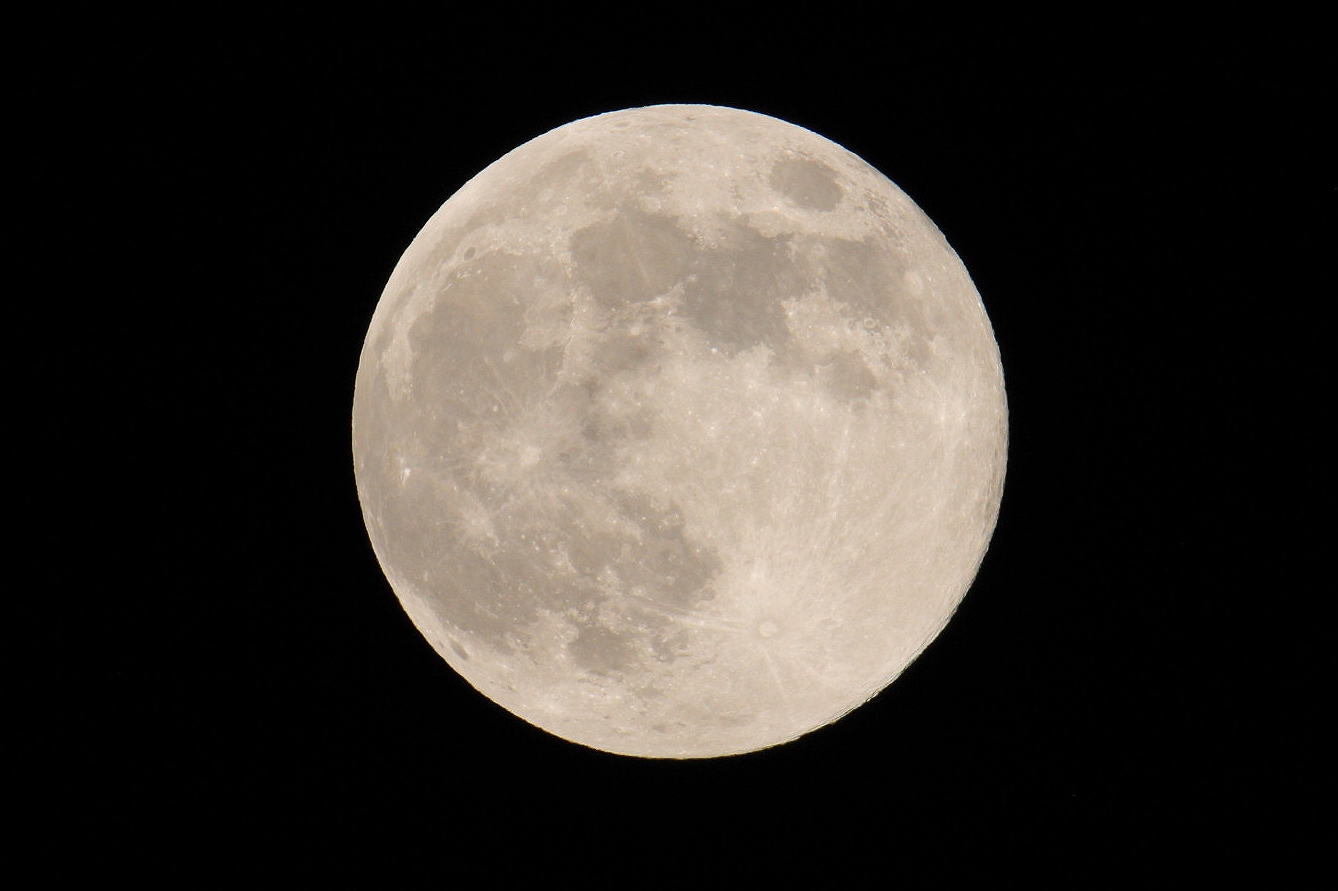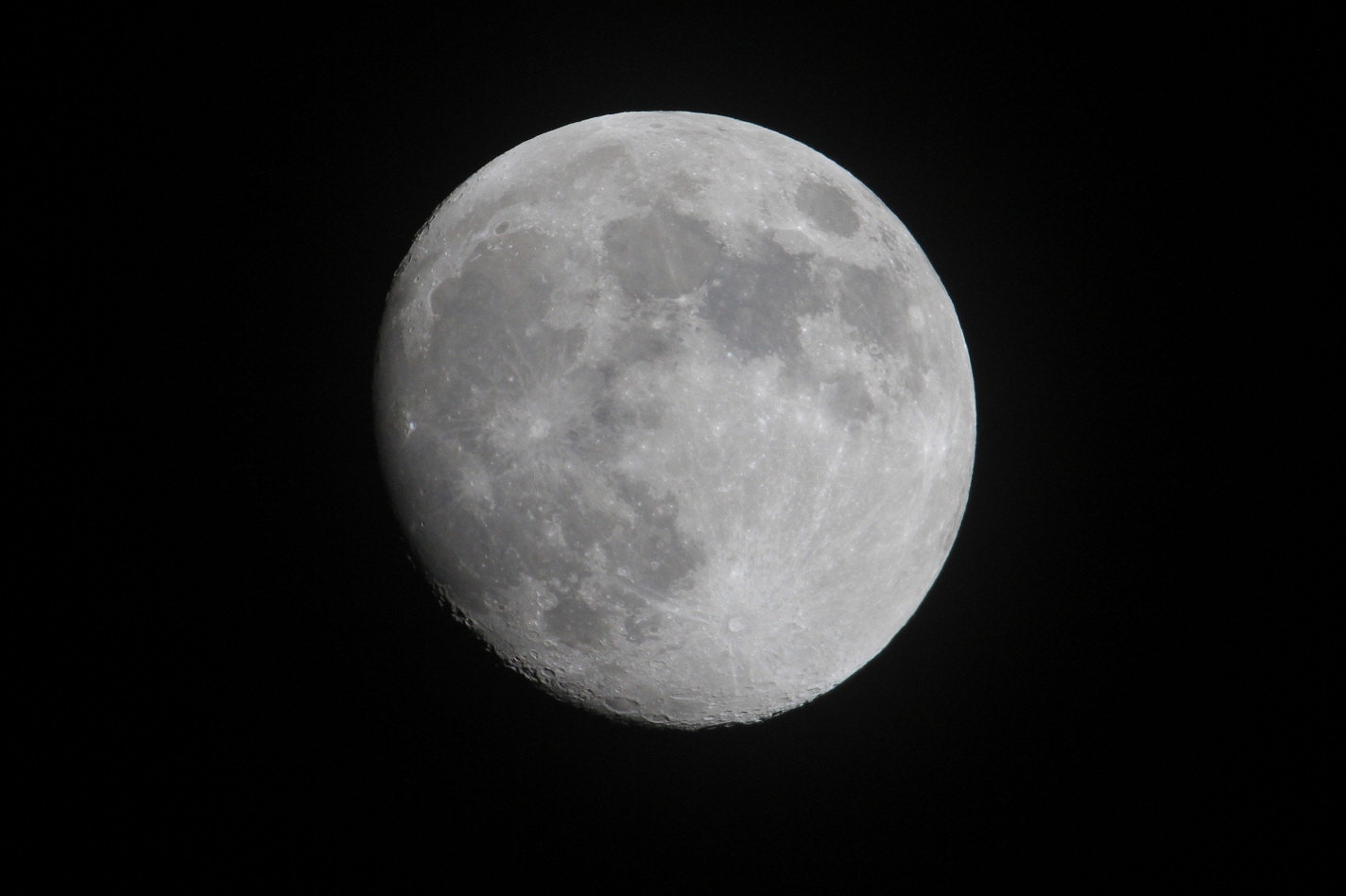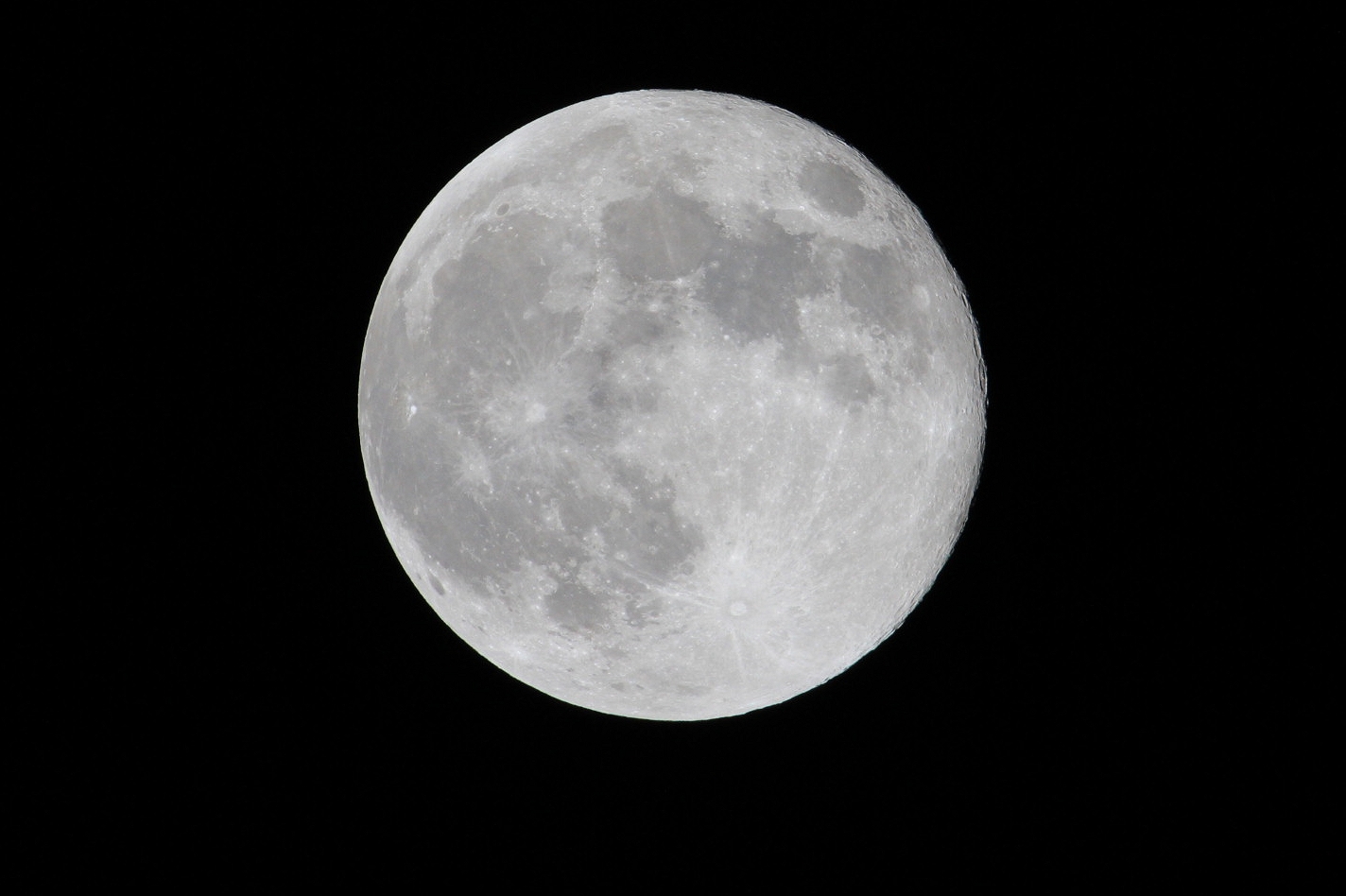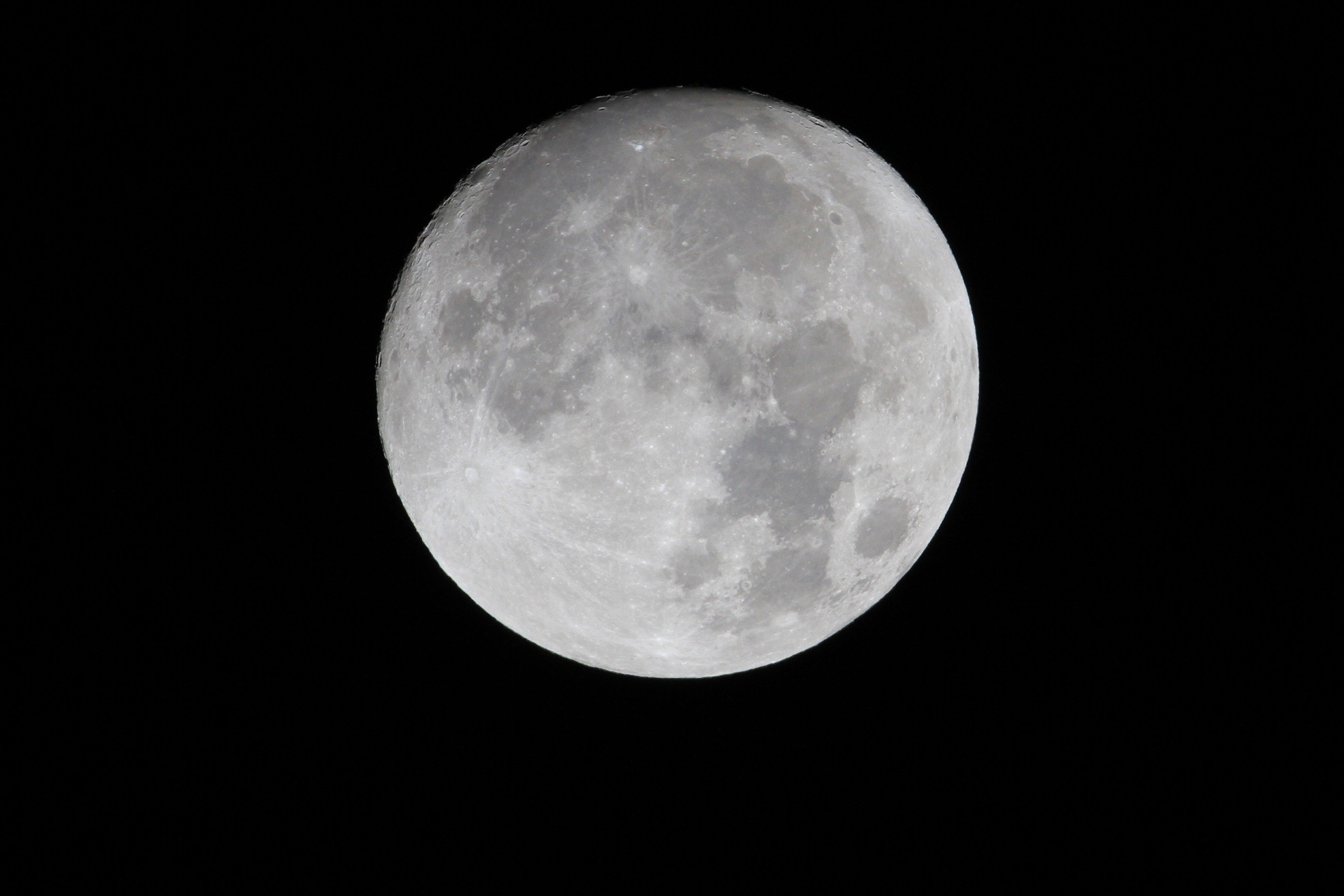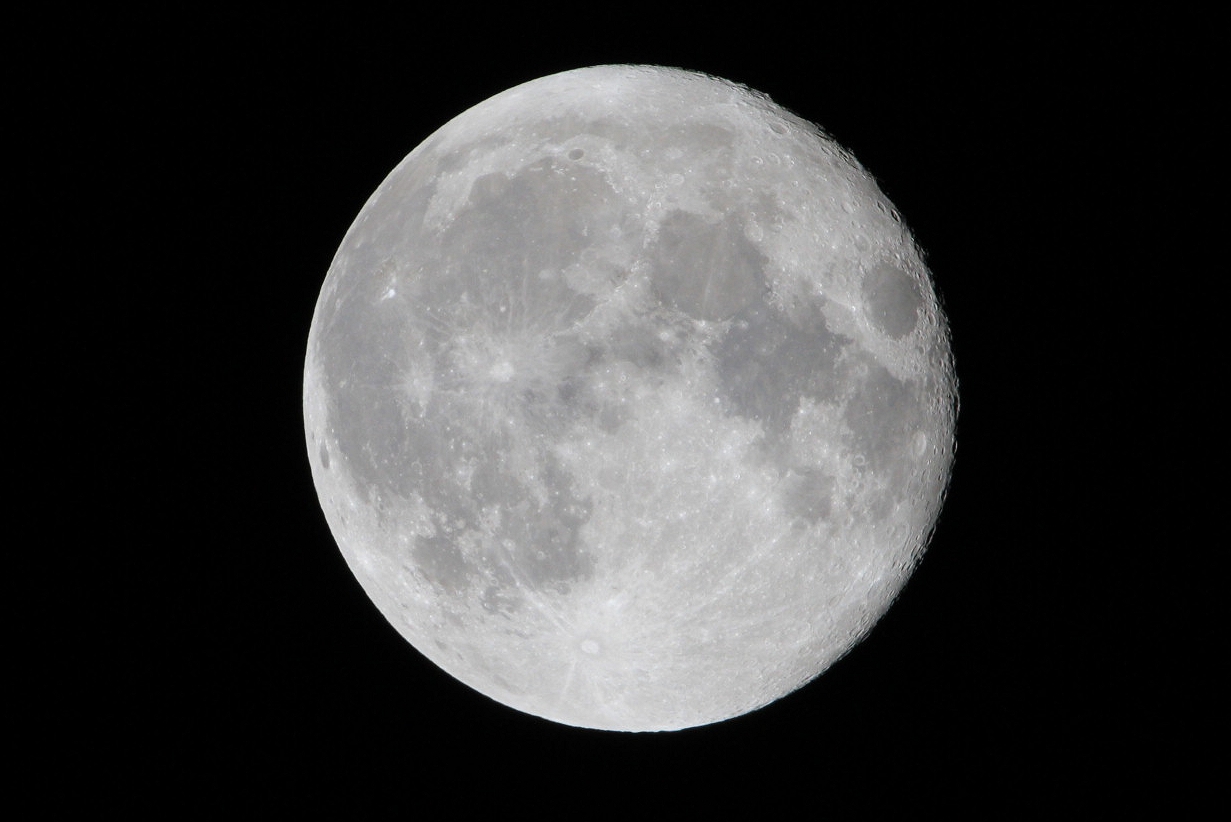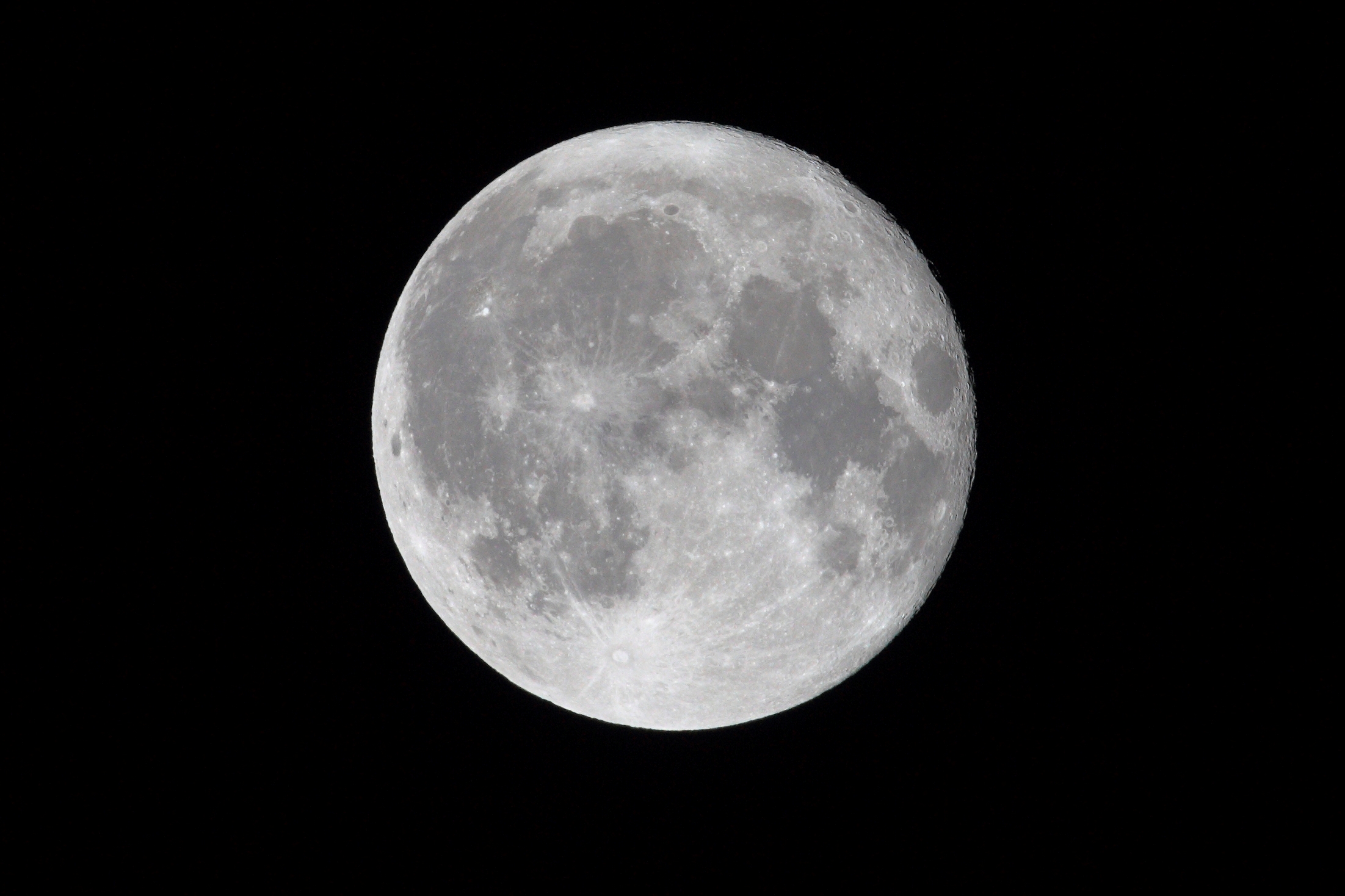The Super Beaver Moon enshrouded the Pleiades cluster in a bright halo on its path across the zenith; Jupiter was nearby showing three of its Galilean moons. The final supermoon of 2024 now waits above the western horizon for the dawn, illuminating the landscape below in pale moonlight. #SuperBeaverMoon #BeaverMoon #FrostyMoon #Supermoon2024 #Supermoon #Moon #Moonlight #Pleiades #NightSky #Zenith #Perigee #Astronomy
The Super Beaver Moon enshrouded the Pleiades cluster in a bright halo on its path across the zenith; Jupiter was nearby showing three of its Galilean moons. The final supermoon of 2024 now waits above the western horizon for the dawn, illuminating the landscape below in pale moonlight. #SuperBeaverMoon #BeaverMoon #FrostyMoon #Supermoon2024 #Supermoon #Moon #Moonlight #Pleiades #NightSky #Zenith #Perigee #Astronomy
0 Comments
0 Shares
1K Views




